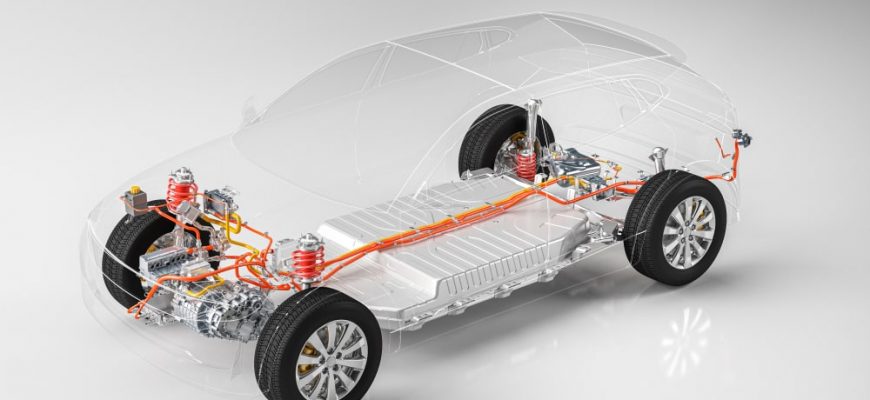When it comes to electric vehicles (EVs), one of the most critical components is the battery․ Tesla, a pioneer in the EV industry, has garnered attention not just for the performance of its vehicles, but also for the technology behind its batteries․ One question that often arises among enthusiasts and potential buyers is: “How much do Tesla batteries weigh?” In this article, we will delve into the weight of Tesla batteries, factors influencing their weight, and the implications of battery weight on vehicle performance․
Understanding the Weight of Tesla Batteries
At the core of Tesla’s electric vehicles lies an advanced lithium-ion battery pack․ The weight of these battery packs varies depending on the model and the capacity of the battery․ For instance, the battery pack in the Tesla Model 3 weighs approximately 1,000 pounds (around 454 kg), while the larger packs in the Model S and Model X can weigh up to 1,200 pounds (about 544 kg)․
Factors Influencing Battery Weight
- Battery Capacity: The capacity of the battery pack, measured in kilowatt-hours (kWh), directly influences its weight․ Higher capacity batteries contain more cells and, subsequently, more materials, leading to increased weight․
- Cell Chemistry: Tesla primarily uses lithium-ion technology, but variations in cell chemistry can lead to differences in weight․ Tesla’s ongoing research into battery technology aims to find lighter materials that can still provide the necessary energy density․
- Cooling Systems: Effective thermal management is essential for battery performance and longevity․ Some battery packs include cooling systems that can add additional weight․
- Structural Design: The way Tesla designs its battery packs also impacts weight․ The use of lightweight materials for casing and structural components can help reduce overall weight while maintaining safety and durability․
The Implications of Battery Weight
The weight of a battery pack can significantly affect an electric vehicle’s performance․ Here are a few key implications:
- Range: Heavier battery packs may limit the range of the vehicle due to the increased energy required to move the additional weight․ However, Tesla has engineered its vehicles to optimize energy efficiency, often mitigating these effects․
- Acceleration: A heavier vehicle can result in slower acceleration․ However, Tesla vehicles are designed with powerful electric motors that provide instant torque, often leading to impressive acceleration figures despite the additional battery weight․
- Handling: The positioning of the battery pack contributes to the vehicle’s center of gravity․ Tesla’s design places the battery low in the chassis, which helps improve handling and stability․
Future Developments in Battery Technology
As the EV market grows, so does the emphasis on battery innovation․ Tesla is actively researching ways to reduce battery weight while increasing energy density․ This includes exploring new materials and manufacturing techniques that could lead to lighter and more efficient batteries․
The weight of Tesla batteries is a crucial aspect of their design and performance․ While the current battery packs may weigh significantly, advancements in technology and materials promise a future where EVs are lighter, more efficient, and even more capable․ As Tesla continues to lead the charge in electric vehicle technology, understanding the intricacies of battery weight will remain essential for consumers and enthusiasts alike․










Fantastic read! The breakdown of battery weights across different Tesla models was particularly interesting. Thanks for sharing this information!
This article provides a great insight into the weight of Tesla batteries! I had no idea how much they actually weighed. Super informative!
I love how detailed this piece is! The factors influencing battery weight are explained clearly. It really helps in understanding EV performance better.
This article answered all my questions about Tesla batteries! The implications of battery weight on vehicle performance are crucial for potential buyers.
Great article! I appreciate the focus on technological advancements in battery design. It’s exciting to see how Tesla is pushing boundaries.
Very informative! I never realized how much the cooling systems could add to the weight of a battery pack. This changes my perspective on EVs.